KOVIĆ: GENOCIDE IS BEHIND THE KILLING AND ABDUCTION OF SERBIAN CHILDREN
Republika Srpska - the Day of Remembrance for the Killed and Dead Children in the NDH
07/18/2025
14:06
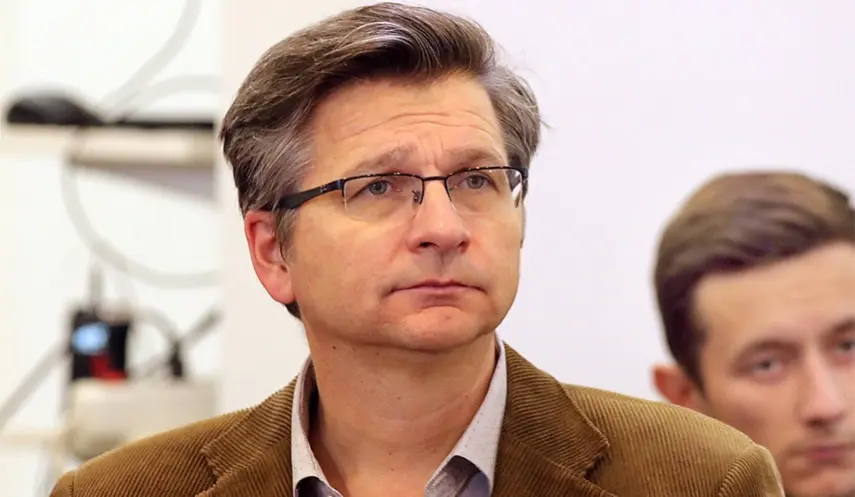
BELGRADE, JULY 18 /SRNA/ – Historian Miloš Ković told SRNA that there is no doubt that the killing, abduction, and identity change of Serbian children in the Independent State of Croatia /NDH/ stemmed from genocidal intent – in other words, genocide – and he notes that the "dealing" with Serb children continued even during the recent Defensive–Patriotic War.
"What makes this greatest trauma in modern Serbian history – the genocide in NDH committed against Serbs by their neighbors, and sometimes distant relatives of Croatian and Bosniak nationality – even more atrocious is the mass killing of Serb children," Ković said.
He emphasized that the UN definition of genocide – the deliberate intent to destroy a community – explicitly includes the abduction of children and the changing of their identity.
What is horrifying and defies understanding of these events, Ković points out, are the concrete facts of systematic child killings, as many World War II sources testify.
"At those major execution sites of the Serb people, such as Garavice, Stari Brod, Kozara, or villages around Banja Luka – Drakulić, Šargovac, Motike – the largest number of victims were children. In the eradication of entire villages, where families then had many children, parents and perhaps other household members – grandparents – were killed, but above all, the children," Ković says.
He underlined that these children were killed in the most horrific ways.
Ković noted that besides mass killings of children in Serb villages and towns, there was also the killing of children in concentration camps, primarily Stara Gradiška, where women and children were murdered or simply left to die without food or basic medical care.
He also reminded of the existence of children's camps in Sisak and Jastrebarsko, underscoring that such systematic destruction of children is unprecedented in other European countries.
According to him, it is very important that Republika Srpska has a day specifically dedicated to remembering murdered Serb children.
He emphasized that one should not forget the children who lost their identity, who were abducted and taken into Roman Catholic families, gradually over time being turned into Croats.
"The crackdown on Serb children continued even in the Defensive–Patriotic War, where crimes committed against children were, unfortunately, not rare," Ković said.
He pointed out that it is enough to remember that in the area around Srebrenica, about which so much is spoken today, in the municipalities of Srebrenica, Bratunac, Milići, and Zvornik, 72 children were killed, while according to official estimates, more than 400 children endured various forms of suffering and torture.
Emphasizing that these are harsh and merciless facts, Ković stated that it is necessary for these facts to be fully recognized within Serbian culture, with no intention of demonizing any people or nation or imposing collective guilt on anyone.
"I always repeat – both victims and perpetrators have first and last names, but as a culture, we need to confront this, to recognize the fact of genocide, the most terrible trauma of our modern history, and especially to acknowledge the genocide committed against Serbian children," Ković concluded.
Tags
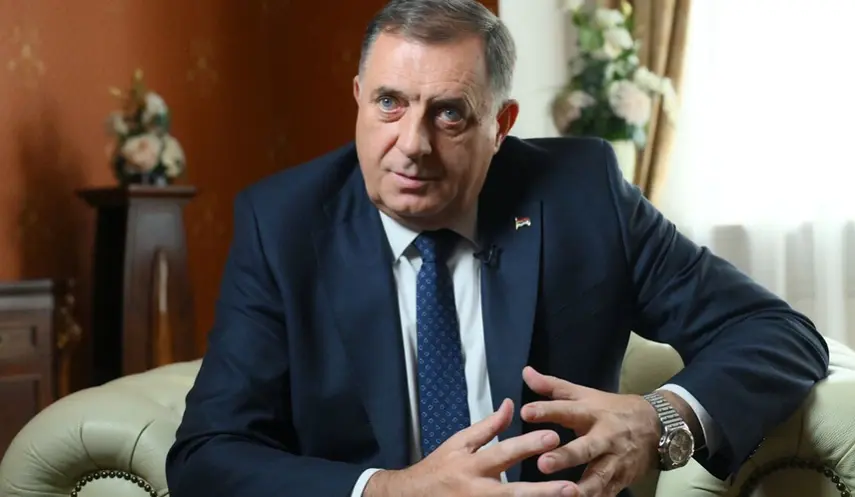
DODIK: IF THERE IS NO AGREEMENT, THEN BiH SHOULD NOT EXIST
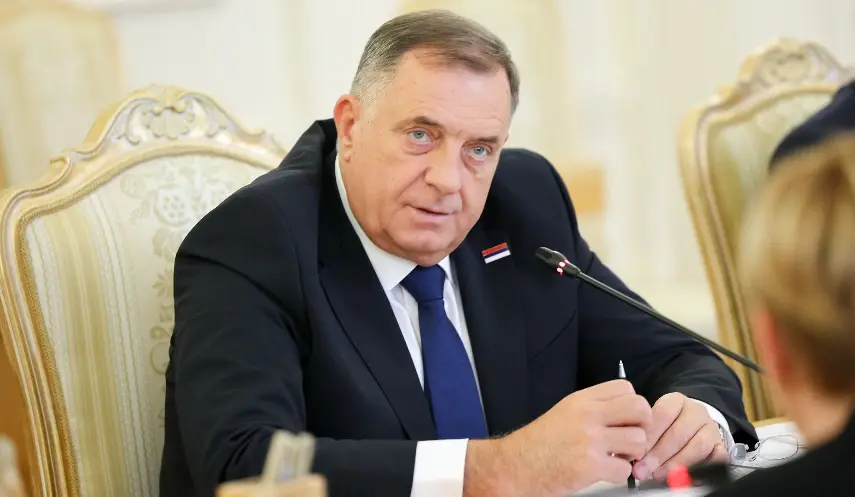
DODIK: WE REMAIN RUSSIA'S STRATEGIC PARTNER AND A CREDIBLE PARTNER OF THE TRUMP ADMINISTRATION
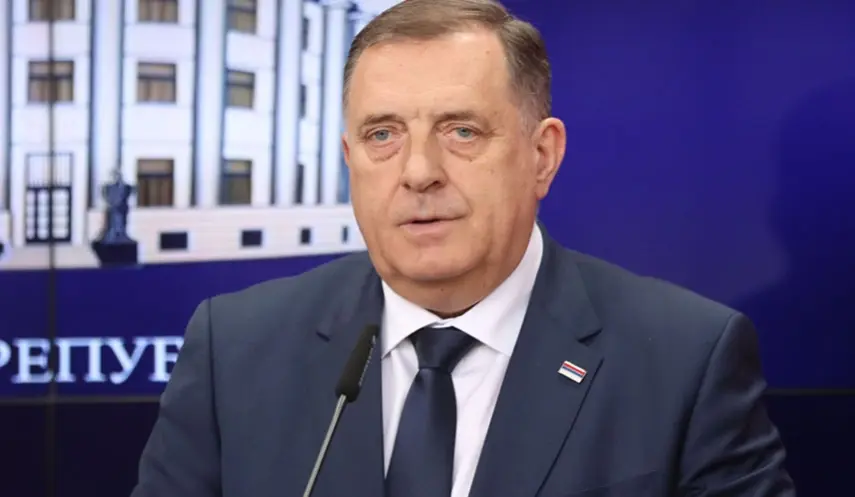
SRPSKA ON PATH TO VICTORY, OUR POLITICS REMAIN THE SAME
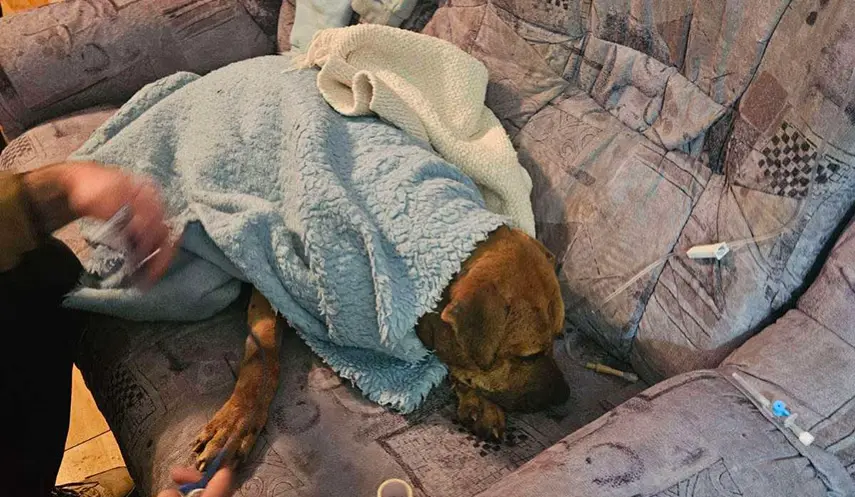
ANOTHER PERSON ARRESTED FOR ORGANIZING DOG FIGHTS IN DERVENTA


